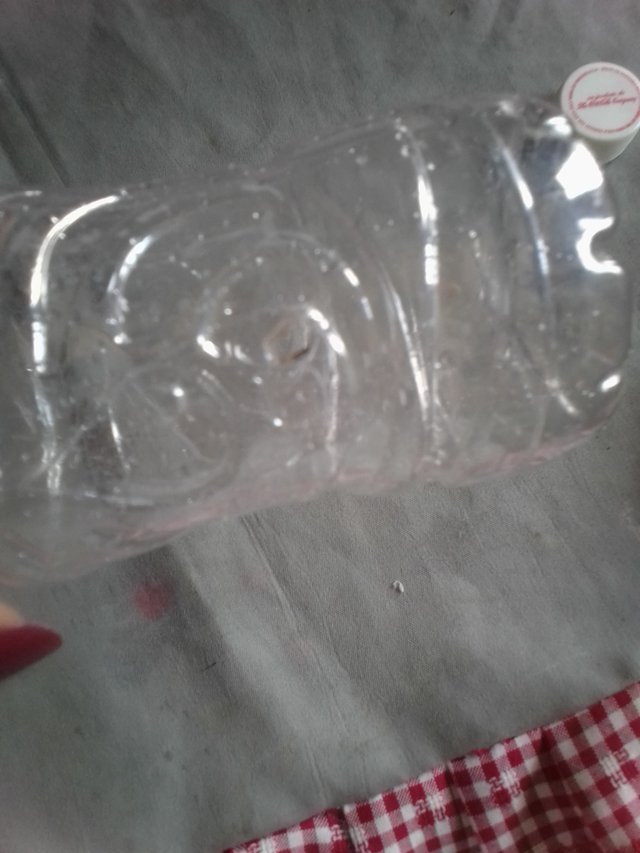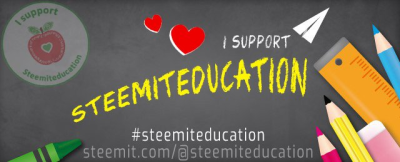Science at home! Fun homemade experiments for the little ones. Today we will learn about the Water Pressure! Experiment # 2
So to have fun and learn at the same time!

As is usual, review the theoretical part so that the children know what it is about and what we are studying.
Principle of Hydrostatic:
The fundamental principle of hydrostatics states that the pressure exerted by the water depends on the depth. The deeper, the more pressure. Source
Atmospheric pressure
Atmospheric pressure is the weight of the column of air over any point or place on the earth and is therefore the weight per unit area.
The higher the height, the lower the atmospheric pressure and the lower the height and the closer it gets to sea level, the greater the pressure. Source

Yes now! Let's go with the fun! Let's see what we need for our experiment.
Materials:
A plastic pot with its lid.
A nail or a puncturing object to open a hole in the pot
Water
A tray to avoid water spills

Procedures:
- We make a small hole in the plastic bottle, about half its height.

Cover it provisionally (for example with your finger) and fill the bottle completely with water, then cover it.
When removing the finger from the hole it is observed that no water comes out. But, when removing the cap from the bottle, we observe that a jet of water comes out of the hole.
What has happened?
By keeping the bottle with the plug on, the internal pressure on the hole (the pressure exerted by the air contained in the bottle plus the pressure exerted by the water column above the hole) is equal to the external pressure (the atmospheric pressure) This is why water does not come out of the hole.
If we remove the plug, allowing air (and atmospheric pressure) to enter through the top of the bottle, the previous balance is broken. The internal pressure on the hole (the atmospheric pressure inside the bottle plus the pressure exerted by the water column on the hole) is higher than the external pressure (the atmospheric pressure). This pressure difference drives the water out of the bottle.




Hello! I find your post valuable for the wafrica community! Thanks for the great post! We encourage and support quality contents and projects from the West African region.
Do you have a suggestion, concern or want to appear as a guest author on WAfrica, join our discord server and discuss with a member of our curation team.
Don't forget to join us every Sunday by 20:30GMT for our Sunday WAFRO party on our discord channel. Thank you.
Love it!! Another simple experiment anyone can do at home! Kids love these things!